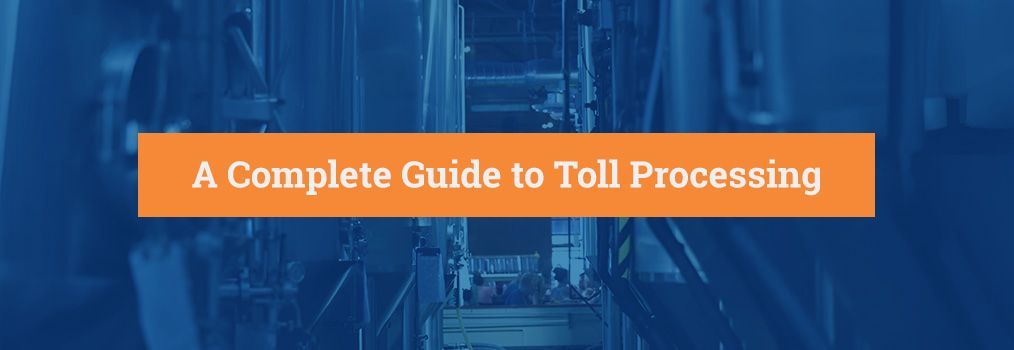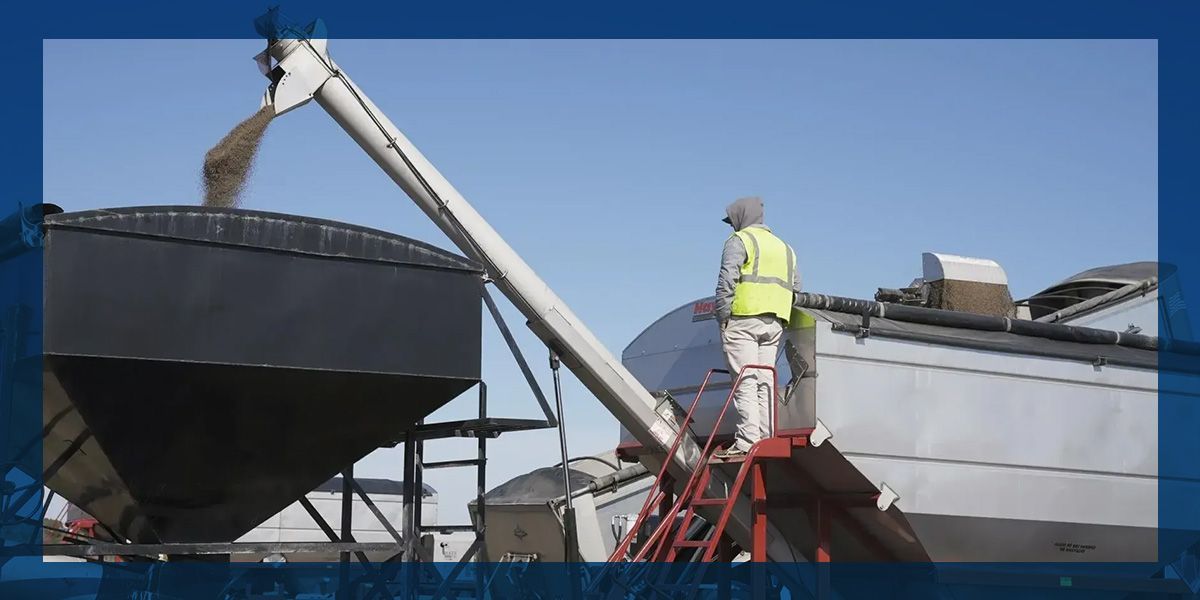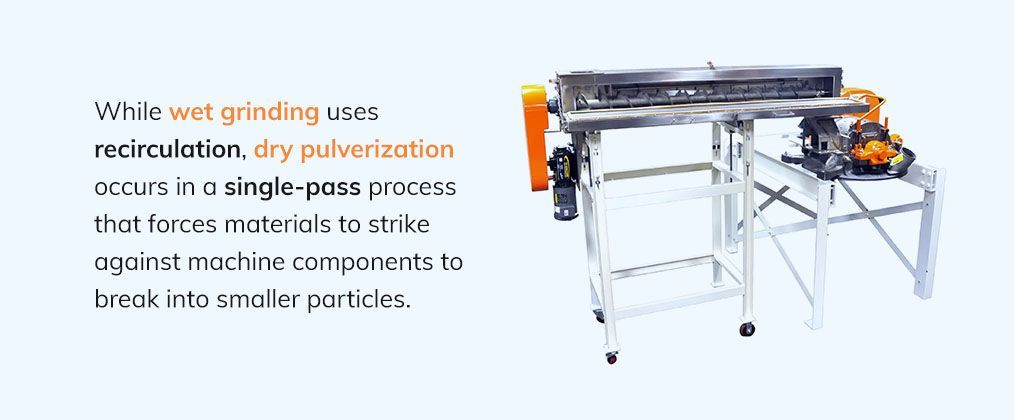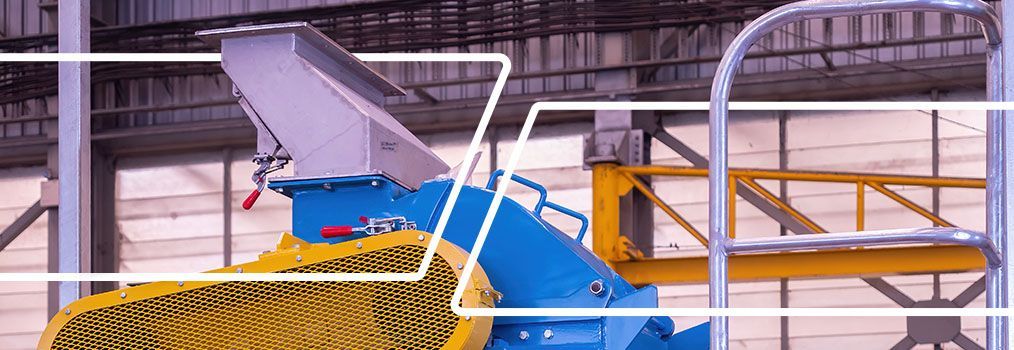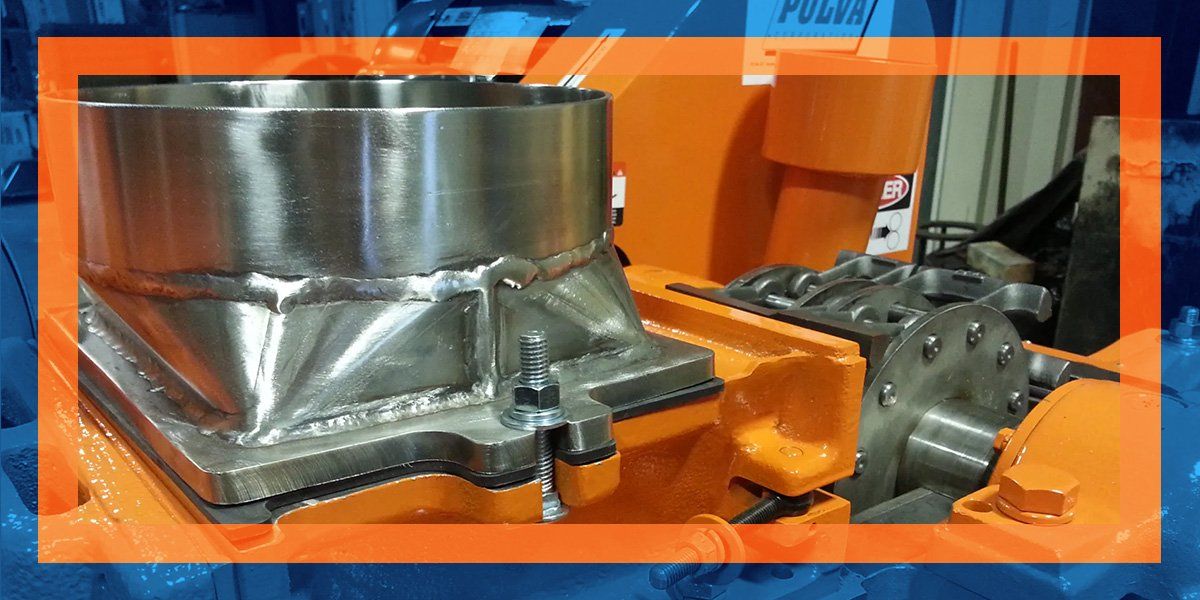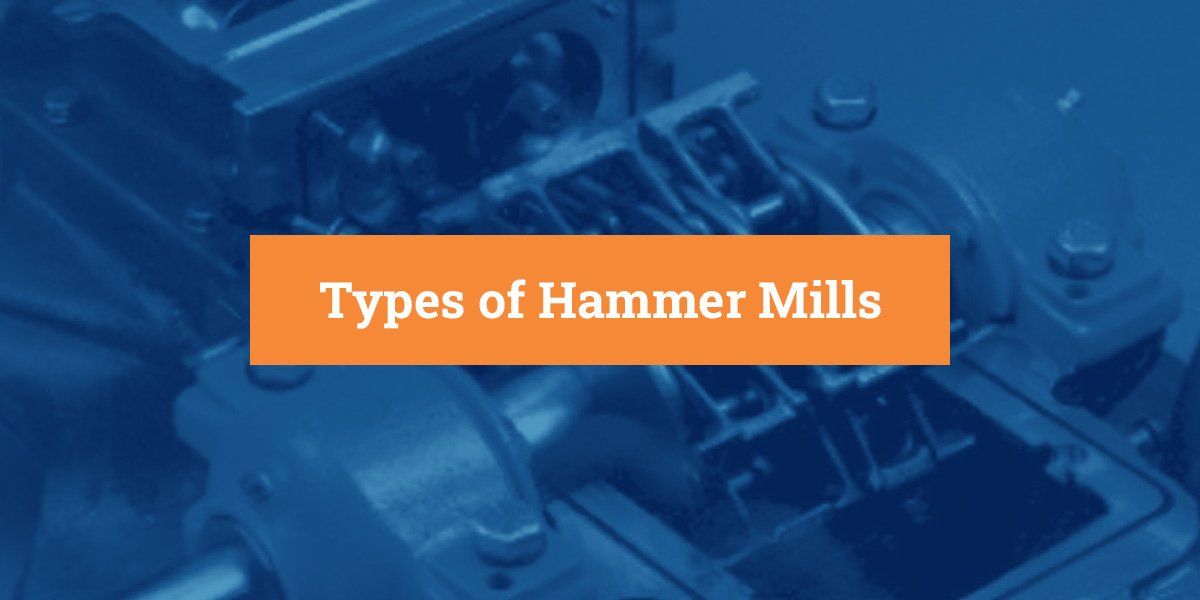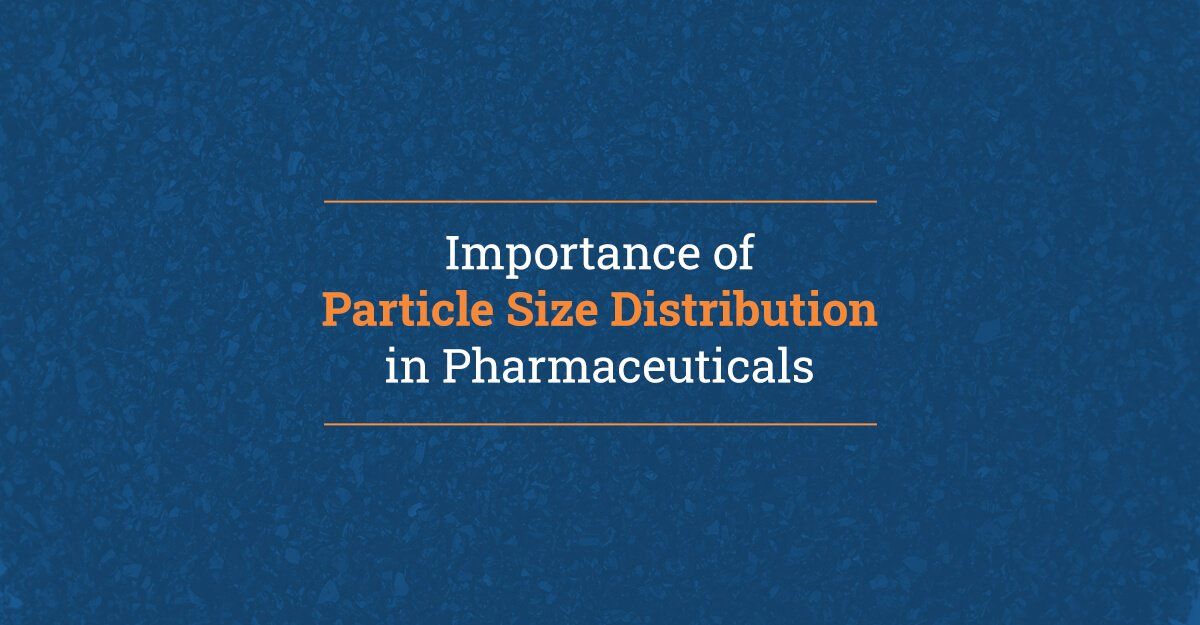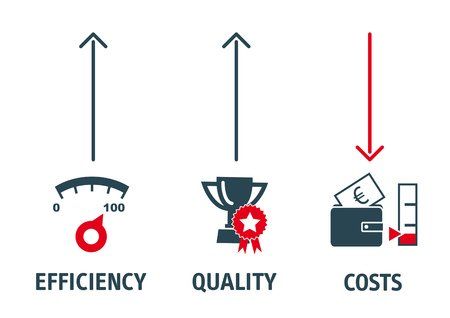Understanding Hammer Mill Operation | Pulva

Hammer mills are essential pieces of equipment in many different industries. Also called pulverizer mills, hammer mills are size-reduction machines that grind or crush various materials for industrial applications. They can process materials continuously or in batches and are used to grind everything from pharmaceutical powders, spices and cosmetics to rocks, minerals and recycling waste.
Understanding the working principle of hammer mills can help you choose the best equipment for your application. Learn more about the history of hammer mills, what hammer milling is and how you can benefit from custom machines built for your specific use case.
People have used hammer mills for more than thousands of years. The earliest known record of one comes from the ancient Roman Republic in the palace of Mithradates VI Eupator, ruler of Pontus. This early form was a cog-and-axis water mill predominantly used to crush corn. Running water made mills more powerful and allowed people to crush hard materials with less effort.
Water mills then spread across civilizations and slowly evolved into the equipment industries use today. The water mill was eventually improved and adapted to mining purposes, particularly for crushing ore to release valuable metals and minerals.
The Industrial Revolution brought significant hammer mill construction changes. The steam-powered hammer mill was even more powerful than water-powered mills, which increased production and paved the way for new applications and manufacturing processes.
As hammer mills became more common, many different industries began using them in their production processes. Modern hammer mills offer improved efficiency, energy savings, productivity and workplace safety.
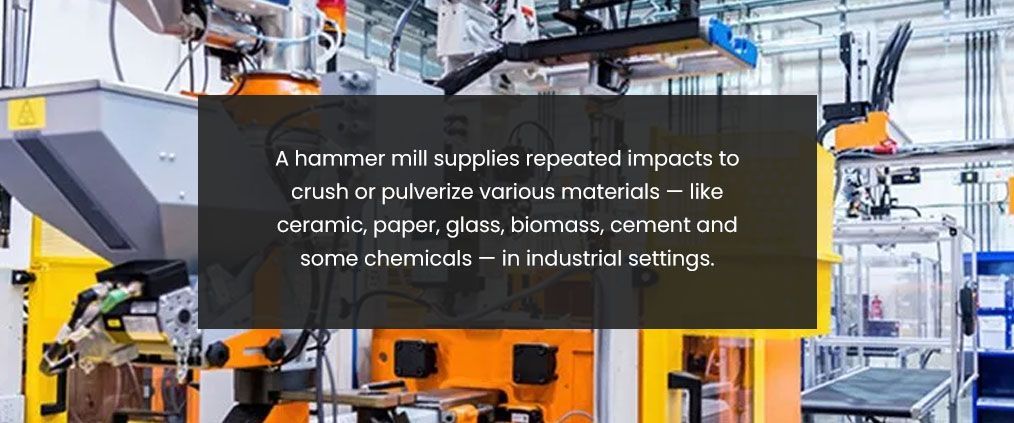
Almost all materials break down under impact. Imagine hitting a piece of chalk with a standard hammer. Hammer mills work using the same principle, except more hammers hit materials faster and with more force. A hammer mill supplies repeated impacts to crush or pulverize various materials — like ceramic, paper, glass, biomass, cement and some chemicals — in industrial settings.
Hammer mills come in various types and sizes, but there are a few essential parts of a hammer mill all models have:
- Feed chute: The process starts with the feed chute, which feeds particles into the machine. Most hammer mills have gravity-fed chutes, but some have feed screws to provide more control over how much material goes into the grinding chamber.
- Spinning drum: Inside the grinding chamber, multiple hammers are attached to a drum that spins. As the drum spins, the particles are crushed by repeated impacts with the hammers, walls and other particles.
- Sifting screen: A screen at the bottom of the grinding chamber sifts through the pulverized particles. Pieces that are small enough get through, while larger particles keep going through the hammers.
- Discharge chute: Particles that are the chosen size or smaller exit the machine through the discharge chute. Hard, heavy materials generally discharge using gravity, but lighter or less dense materials often require pneumatic suction.
Though all hammer mills have similar parts, differences in the hammers, shaft speed and screen size can change the finished particle size. You also want to consider a mill's capacity when looking at various design options.
Hammers are available in several shapes and sizes. They are typically made of hardened steel and are rectangular, though they are also available with knife or impact edges. How large the hammers are and how many of them are on the drum affect the final material size. The material size and type also affect the ideal hammer. For example, hammer mills called lump breakers feature a fixed comb rather than swinging hammers. This type is for removing clumps in materials that have already been crushed into a powder and would not be suitable for large, hard materials like coal.
How fast the drum rotates around the shaft also affects the finished particle size since faster speeds increase the impact force the hammers have on the material.
The screen determines how large particles can be to exit the grinding chamber. For example, circle screens are best used with lightweight components like sawdust, grass and spices and are not suitable for sticky materials. Other types of screens include rasping screens and striated screens.
Generally, larger or more hammers, a faster speed and a smaller screen create a finer product, while smaller or fewer hammers, a slower speed and a larger screen create a coarser product. You can adjust these and other components individually as needed to produce your desired particle size.
Hammer mill capacity depends mostly on the raw material. A product like flour might move quickly through a lump-breaking hammer mill, so a smaller capacity may suffice. A harder, larger product like gravel might require larger equipment to produce the same volume of final material since it would move through the machinery more slowly. The type of hammers and the number of hammers in the grinding chamber can also affect mill capacity.
Hammer mills have a relatively simple working principle, which means they can easily be modified or built to exact specifications. Designing a custom hammer mill built specifically for your applications comes with several benefits:
- Time and energy savings: A custom hammer mill can crush or grind materials more efficiently than standard equipment, saving your company time and energy.
- Cost savings: Investing in a custom hammer mill can also save money over time compared to the cost of using toll grinding services to have materials crushed by a third party.
- Continuous operation: A well-designed hammer mill system can run continuously, so you do not need to wait to receive crushed materials. Continuous operation can increase output and improve productivity.
- Easy maintenance: Removeable door covers and accessible parts make cleaning and repairing custom hammer mills simple and easy.
When you work with Pulva Corporation to provide your custom hammer mill, you get additional benefits. Pulva hammer mills offer the following advantages:
- Wet milling options
- Zero dust enclosures
- Cryogenic grinding options
- Various capacity and power options
- Gravity feed and feed screw options
Since 1938, Pulva Corporation has provided high-quality equipment and services to customers worldwide. We specialize in hammer mills and replacement parts, offering equipment sales, technical support, rebuild and repair services and grinding services.
Pulva is a family-owned company and a leading manufacturer of pulverizing equipment. Whether you are looking to purchase a hammer mill or need toll grinding services, our experienced team members can deliver a custom solution tailored to your size reduction needs. Our state-of-the-art facilities and commitment to developing new products mean you have access to the best modern pulverizing equipment. Contact us to get a quote for custom hammer mill equipment or grinding services today!


